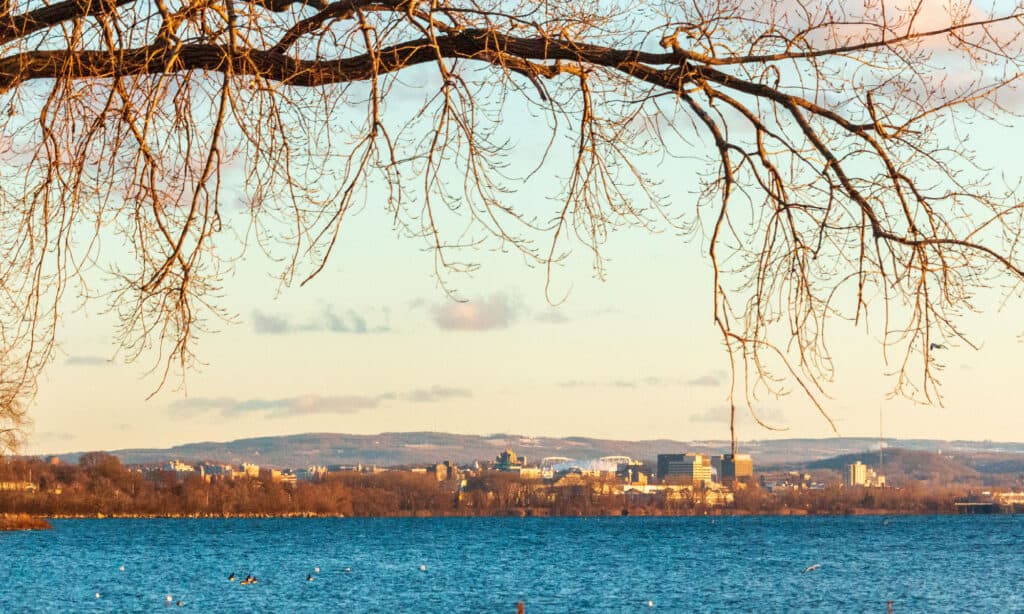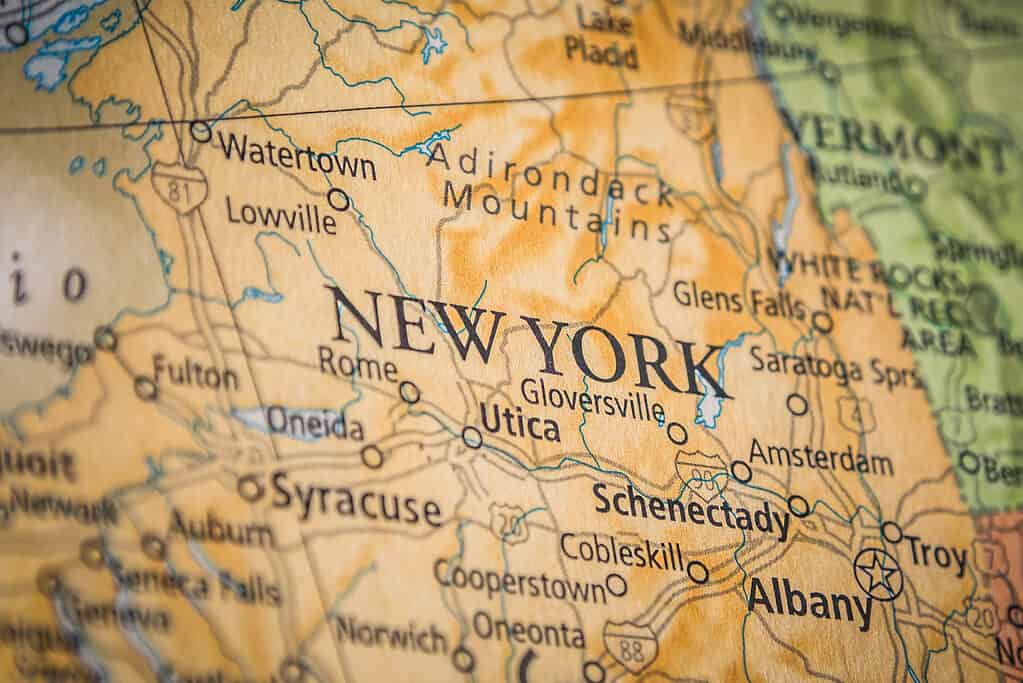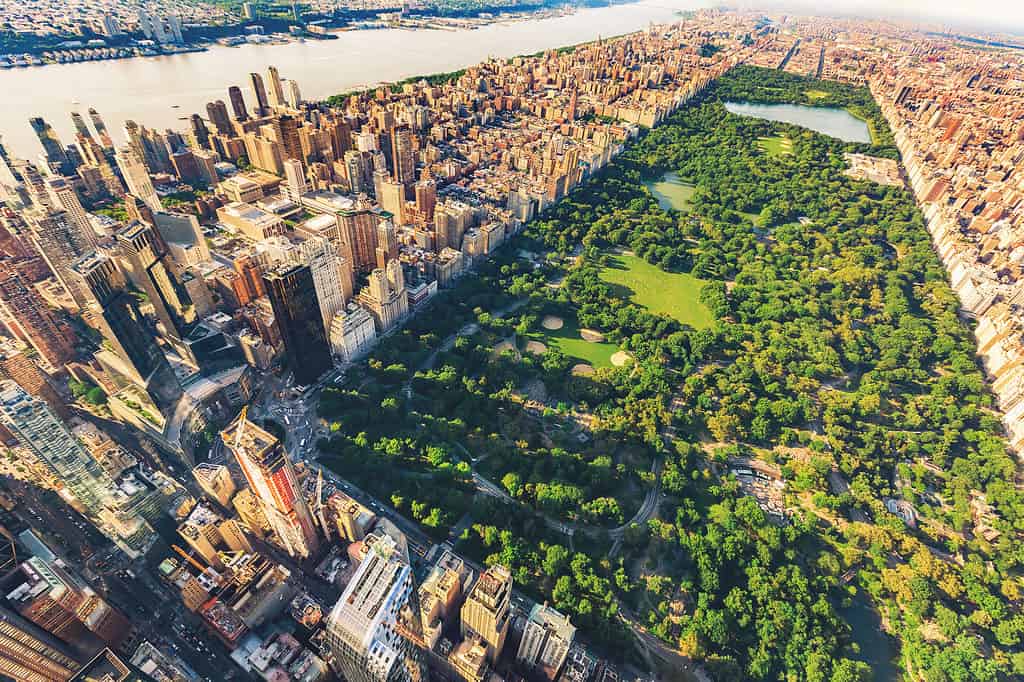New York State is a popular tourist destination. The main attraction is definitely New York City, where it’s buzzing with activity around the clock. No wonder it’s referred to as “the city that never sleeps” — peace and quiet are foreign concepts here! New Yorkers are known for getting things done and for toughing it out, even when the weather gets unforgiving during the winter months. In this state, January is the coldest month of the year. However, winter seasons have given New Yorkers a few surprises over the years. But how did this winter compare to New York’s warmest ever?
The Warmest Winter Ever Recorded in New York’s History
This January, New Yorkers found themselves wondering what in the world happened to winter. Temperatures have not been nearly this warm since 1932, when January temperatures deviated 11.5 degrees above normal.
The normal high in Central Park during this month is still a relatively cool 39°F. But this year, it has felt a lot more like spring than winter season for both New Yorkers and visitors from others states. Those looking for a cool winter season were met with a bittersweet disappointment mixed with wonder. The usual sights of fashionable coats, scarves, and boots were replaced with casual t-shirts, skirts, and even shorts as everyone adjusted to the unusual weather.
January 14, however, was a bit different. On this day, temperatures dropped below the average by one degree. On January 14, the temperature tied with the 1950 record high when temps reached 66°F. Even with the slightly below-average deviation mid-month, January made it into the record books for the warmest January — that is, since 1932.
As New Yorkers moved into February, they weren’t surprised to see temperatures spike into the 60s. The day after Valentine’s Day, on the 15, temperatures soared up to 67 °F. Meteorologists point to two major events, the first of which is global warming. Paired with a polar vortex that pulled arctic air north (and the least snowfall ever recorded!), a warm January was to be expected.

Winter temperatures in New York State have not been nearly this warm since 1932, when January temperatures deviated 11.5 degrees above normal.
©iStock.com/JUN DONG
Average Highs and Lows This Year
In New York City, warm weather is expected during the summer months. However, this season is usually wet and humid as well. During the winter, New York City expects a turn toward cold temperatures, lots of wind, and lots of snow. Usually, the temperatures range between 28°F and 85°F throughout the year. Rarely do temps dip lower than 14°F or reach higher than 92°F.
This winter season, temperatures, on average, ranged between 30°F and 60°F with a few deviations. There were a few dips into the single digits in December. The lowest temperature arrived on the 24, just before Christmas. The recorded low that day was 8°F. The warmest day came soon after, on the 30, just before New Year’s Eve. The recorded high was 62.1°F.
In Albany, the state’s capital, it’s partly cloudy throughout the year, with summers noticeably warmer and wetter and winters freezing and snowy. Typically, the temperatures in this city range between 17°F and 83°F throughout the year. They rarely dip below 0°F or get up higher than 91°F.
This winter, temperatures averaged between 20°F and 60°F in Albany. The coldest day this winter season arrived on February 4. The low made it to subzero temperatures and was recorded at -13°F. The warmest day arrived on February 15, when the recorded high made it to 64°F.

In Albany, the warmest day of the winter arrived on February 15, when the recorded high made it to 64°F.
©BestStockFoto/Shutterstock.com
Animal Migration in New York
New York City is a lucky location, situated perfectly for the birding season just as the winter season ends. Although this may not be the first activity that comes to mind when you think about all there is to see and do in this popular tourist attraction of a city, it happens to be ideal. In fact, it falls under the Atlantic Flyaway, the migratory path millions of birds take every spring and then again, every fall. This particular migratory path ushers birds from Greenland all the way down to South America. Winter sends these birds on their long journeys south to find warmer weather and better access to food and water sources.
Central Park in Manhattan is a great viewing spot, as every year, over 230 bird species can be spotted there on a regular basis but come spring, those numbers double. Here, birders can hang out, taking in geese, singing warblers, ducks, storks, and loons. Pelham Park in the Bronx is also a great birding spot where, during the summer, birders can head out to spot a variety of songbirds, blackbirds, and wild turkeys. Every so often, you may even be able to spot a long-eared owl. Other popular birding destinations include Prospect Park in Brooklyn, Flushing Meadows Corona Park in Queens, and Clove Lakes Park in Staten Island.

Aerial view of Central Park, New York City.
©TierneyMJ/Shutterstock.com
The photo featured at the top of this post is © Sean Pavone/Shutterstock.com
Thank you for reading! Have some feedback for us? Contact the AZ Animals editorial team.






